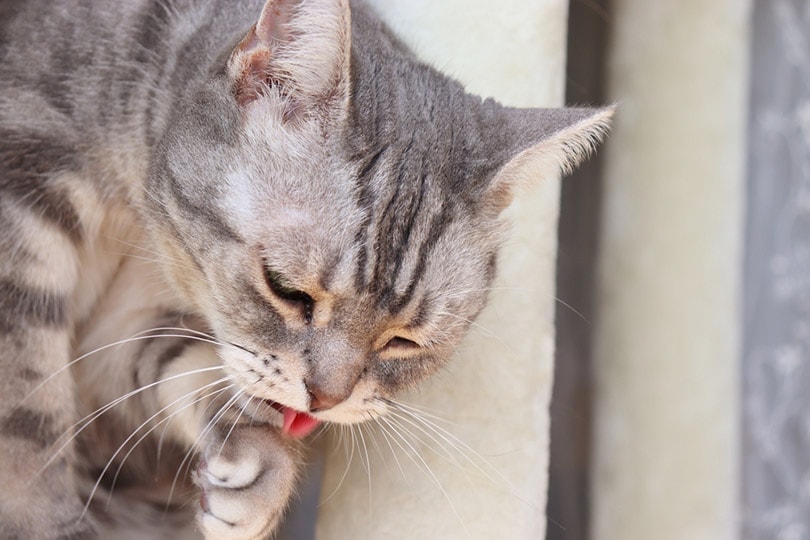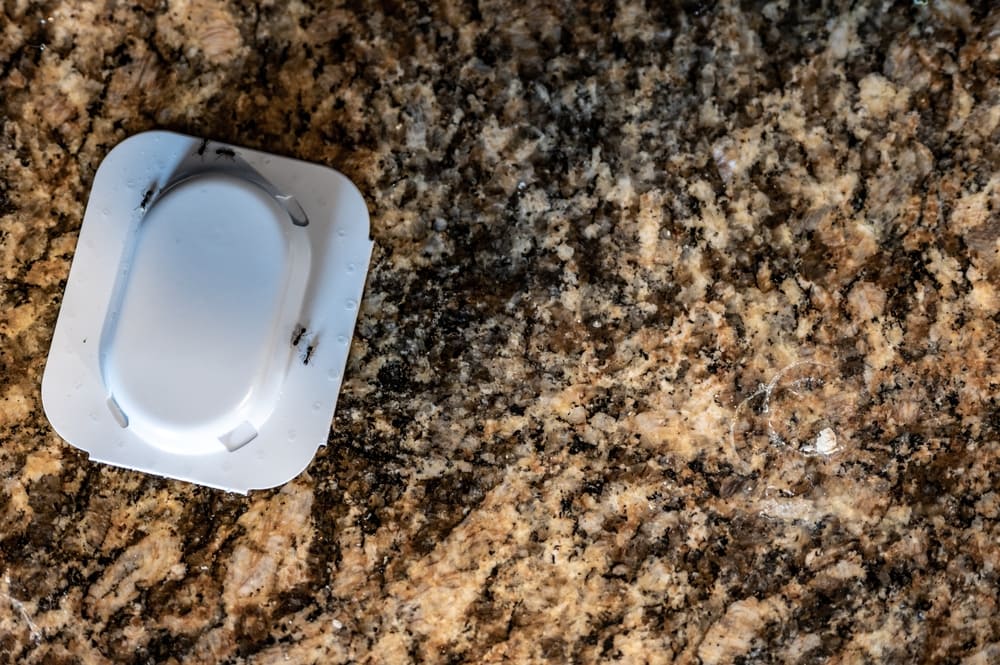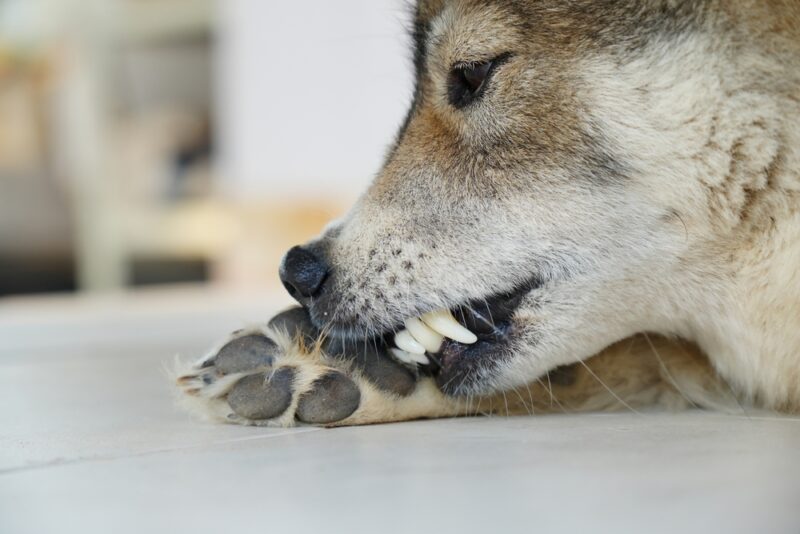Torn ACL in Dogs: Our Vet Explains Causes, Signs & Treatments

Updated on
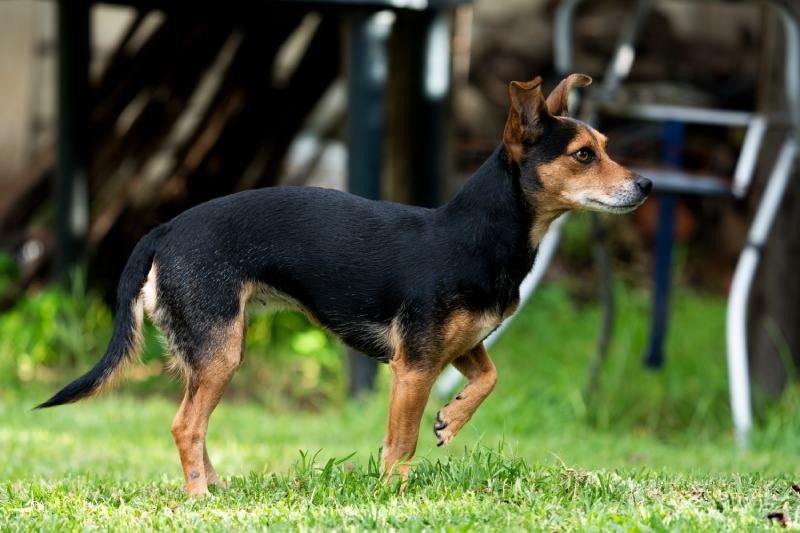
The cruciate ligaments are two very important structures that hold the knee together. The two ligaments in dogs are called the cranial cruciate ligament and the caudal cruciate ligament. You may be familiar with the cranial cruciate ligament in humans as this goes by the name of the anterior cruciate ligament, (also known as ACL). In humans, the ACL is commonly torn during sports that require sudden changes in direction such as tennis, soccer, and basketball.
Dogs are no strangers to cranial cruciate ligament injury. If either of the ligaments is damaged, the stability of the knee is compromised, and it becomes very painful for your dog. It is a very common occurrence. Dogs usually damage the ligament by twisting, skidding, jumping, or quickly changing direction, when chasing a ball for example. Owners will usually notice their dog limping at first.
There are lots of ways to treat cruciate injury, including surgical and non-surgical options.
What Is a Torn ACL in Dogs?
A torn ACL in the dog is a knee injury that happens when a dog either partially or completely tears their cranial cruciate ligament. The cranial cruciate ligament (the equivalent to the ACL for dogs) is a hard fibrous band of tissue that connects the thigh bone (also known as the femur) to the shin bone (also known as the tibia). The ligament functions to keep the shin bone in the correct place in relation to the thigh bone and prevent it from moving forward when the knee joint is moving. The ligament stabilizes the knee joint and stops it from over-extending or rotating unnecessarily.
The ligament can become damaged due to chronic wear and tear, or a traumatic injury.
A tear can occur slowly, the same way a rope would fray over time, or it can happen suddenly. It may be harder to spot a chronic injury whereas an acute injury will be more obvious.
Currently, we don’t know exactly what causes the degeneration of a chronic ligament, but it is believed to have a genetic component1.

What Are the Signs of a Torn ACL in Dogs?
The first sign of cruciate disease in dogs is usually lameness or limping. It can start as a very subtle chronic limp which gradually gets worse. It may only be obvious after long periods of exercise. Some owners report the limp as being intermittent.
In acute injuries, your dog may appear very lame all of a sudden. Some dogs are unfortunate enough to be affected in both limbs at the same time. This can hinder diagnosis as the dog won’t be favoring one hindlimb over the other, they may, however, have issues standing up and adopt an altered gait when walking.
- Lameness or limping
- Struggling or inability to stand from sitting or lying
- General stiffness of affected limb
- Swelling of the affected limb
- Gait changes
- Unable to walk upstairs
- Reluctance to jump into cars or on the sofa
- Sitting in awkward positions with legs sticking out
- Guarded behavior such as growling or snapping if the leg is touched
What Are the Causes of a Torn ACL in Dogs?
Dogs can tear their ligament as a result of a traumatic injury or from general wear and tear on the ligament over time. Younger dogs that are very active are more likely to sustain an acute injury when doing a strenuous exercise involving high speeds or sudden changes in direction. The knee ligaments do degrade over time, as the dog ages. In older dogs, even a small injury can cause the remaining threads of the ligament to snap resulting in a full tear. Due to the fact the ligaments can slowly deteriorate, both knees can be affected and tear at the same time.
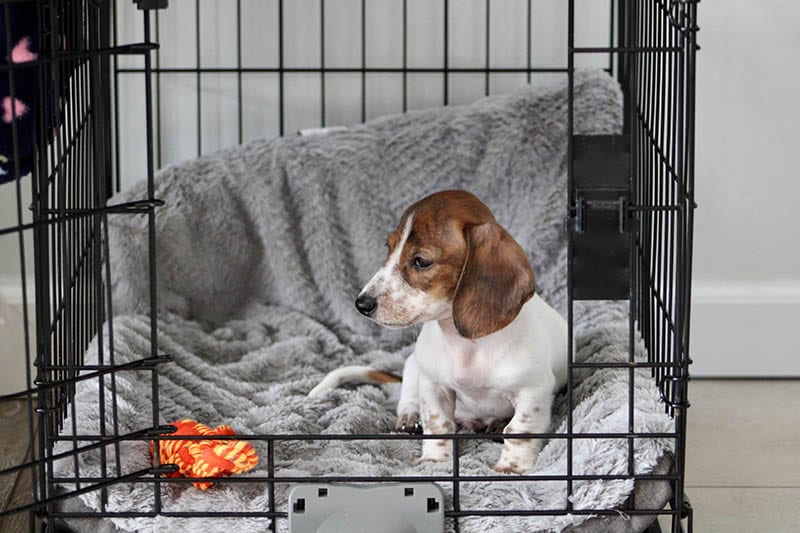
Diagnosis of Torn ACL in Dogs
Diagnosis of a torn ACL in dogs usually starts with the owner bringing their dog to the vet because they are lame. Your vet will examine your dog thoroughly in the consulting room while they are conscious and watch them walk and trot up and down if they are able to. Some dogs tolerate the exam well, others won’t like their feet and legs being touched.
Depending on the temperament of the dog, it may be possible to feel joint laxity by manipulation of the knee. Your vet will be feeling for something called a “cranial drawer.” They will bend and flex your dog’s knee gently and feel for laxity in the joint. There are some other manipulation tests your vet can carry out on your dog. In some cases, if there is only a partial tear, it may not be possible to identify an issue, or the tests may not be conclusive. In these cases, further tests are required. X-rays or advanced imaging such as MRI or CT can be used to assess the knee joints.
Some vets may decide to explore the joint to assess damage. This can be done by opening up the joint, or by something called arthroscopy which involves the insertion of a camera into the joint. This allows your vet to visualize the extent of the damage to the ligaments and menisci in the joint. Some vets will explore the joint and then plan the surgery at a later date or refer the case if it requires surgery at a referral hospital. Some vets will assess the joint and then fix it under the same general anesthesia.

How Do I Care for a Dog with a Torn ACL
There are two options for the treatment of cruciate ligament tears, these are:
Non-surgical Management
This is only really used if surgery is not a feasible option for your dog or if there are risks associated with the general anesthetic that may put your dog’s life at risk. Due to the fact the condition is a progressive problem that gradually gets worse over time, non-surgical options are not recommended for a long-term solution. They can be used short term in the period before a surgery has been planned.
- Weight management
- Physiotherapy
- Pain medication
- Exercise restrictions
Surgical Management
There are a few different surgical techniques used to fix ACL tears in dogs. There are two different types of techniques used, ones that replicate the ligament and those that alter the forces on the knee joint, therefore removing the need for the ligament.
Ligament replication techniques include the lateral suture method which is where the ligament is replaced with a nylon suture that runs around the outside of the knee joint.
This surgery has the advantage of being less invasive than the other techniques described. Disadvantages of this type of surgery are that postoperative pain is high, there is a high chance of scarring and arthritic changes in the joint, and the ligament can snap and fail. It is not recommended for use in bigger, heavier dogs or dogs that are very active.
Surgery that eliminates the need for the cruciate ligament alters the geometry of the knee so that forces act on different areas and the cruciate ligament is not required any longer. The top of the tibia is altered by cutting it and reattaching it to a new position to allow for this to happen.
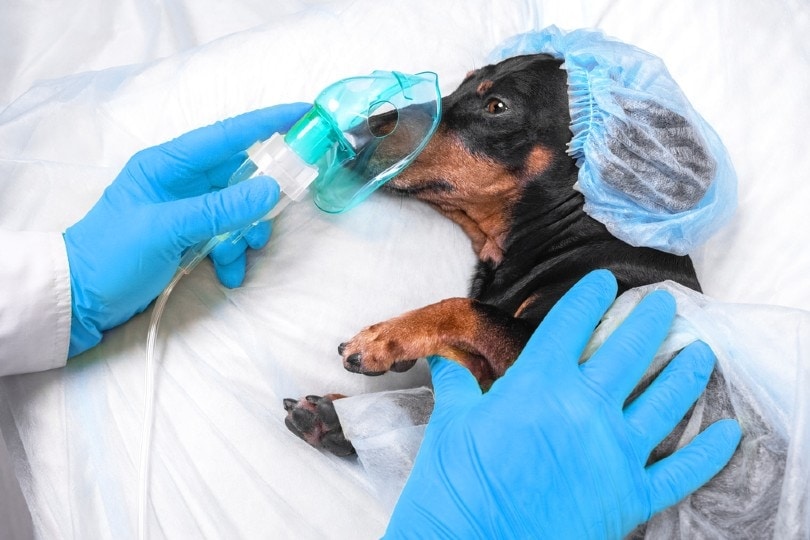
Tibial plateau leveling osteotomy (TPLO): This surgery involves making a cut across the top section of the tibia and then rotating the cut piece to a precalculated angle. The cut piece of the tibia is then secured in place with a metal bone plate. This surgery aims to reduce the degree that the tibia would move forward when the dog takes a step.
Tibial tuberosity advancement (TTA): This surgery works on the same principles as the TPLO surgery. The aim is to alter the tibial plateau to allow for it to be perpendicular to the patellar tendon. When this is achieved, the femur does not move down the slope of the tibia and instead stays in situ.
The advantages of these types of surgery are that once the bone has healed, it is a much stronger structure that can withstand higher forces than the lateral suture method. Dogs usually have a faster return to function. The surgeries can be done on larger dogs and very active dogs.
Disadvantages include the need for expensive kits and equipment, and the potential for complications, Although relatively low, are much more serious. They can include implant failure or infection both of which often require revision surgeries.
Frequently Asked Questions (FAQs)
Can a Dog recover from an ACL ligament injury without surgery?
A dog can recover from an ACL ligament injury without surgery. This does depend on the severity of the injury and if there is any menisci damage involved. Only very mild injuries will heal without surgical intervention, although it will be unlikely that the joint will be the same as pre-injury. Usually, surgery is required and if the injury is left, it will get progressively worse.
Can you walk a dog with a torn ACL ligament?
It is not a good idea to walk a dog with a torn ACL ligament. The dog will most likely be in a great deal of pain and limping on the affected leg. If an owner continues to walk their dog when they have torn their ACL, this will cause the injury to get worse and the dog will suffer more. You might want to try new ways to take your dog outside just like a stroller.
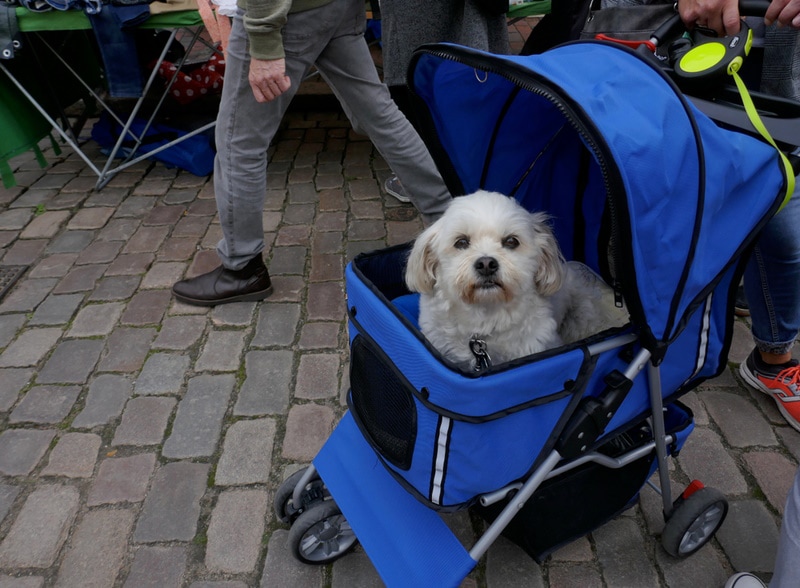
What happens if I don’t fix my dog’s torn ACL ligament?
If surgery is not performed, the body will attempt to stabilize the knee by producing scar tissue. This is not as strong as the original structures stabilizing the knee, and the scar tissue limits the range of motion. Over time the range of motion reduces. Eventually, the dog is unable to bend the knee.
Conclusion
A torn ACL in a dog is a serious injury that can cause a great deal of discomfort and pain. If you notice your dog limping, it is important to get them examined by your vet. There are many effective and successful treatment options for torn ACL ligaments. Your vet will be able to assess the extent of the damage and decide which option is best for you and your dog.
Featured Image Credit: Phillip van Zyl, Shutterstock




